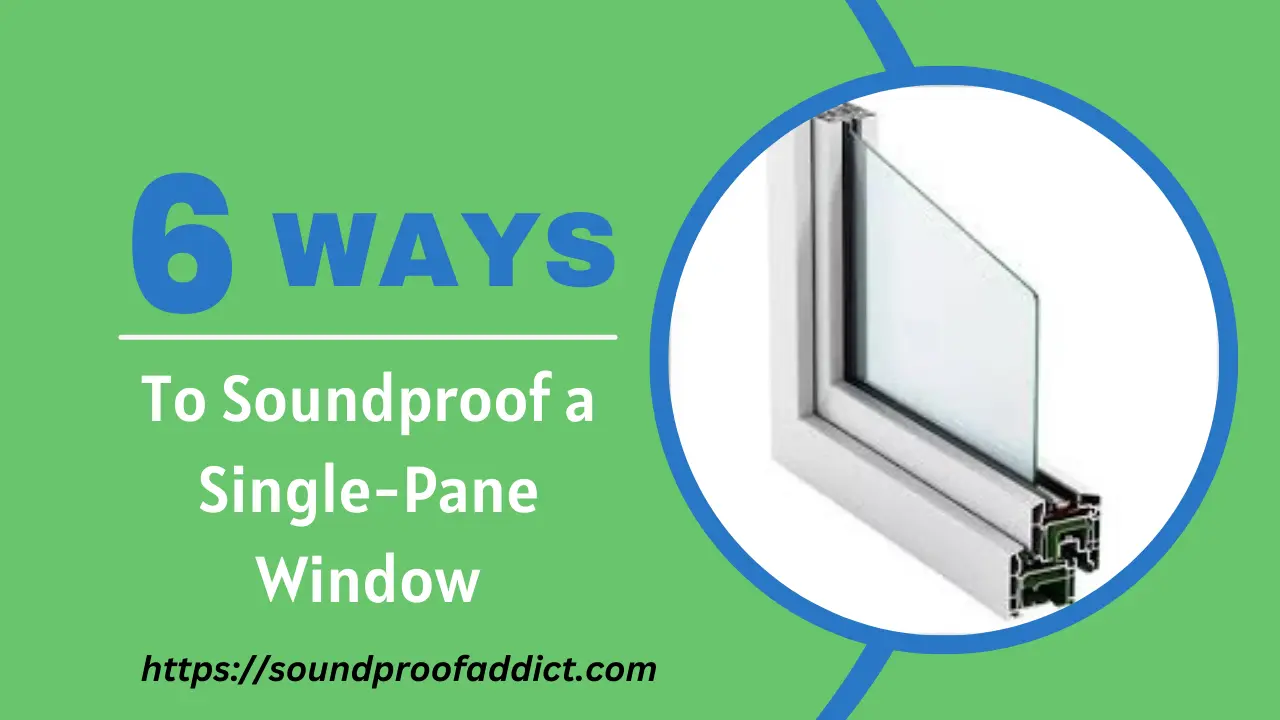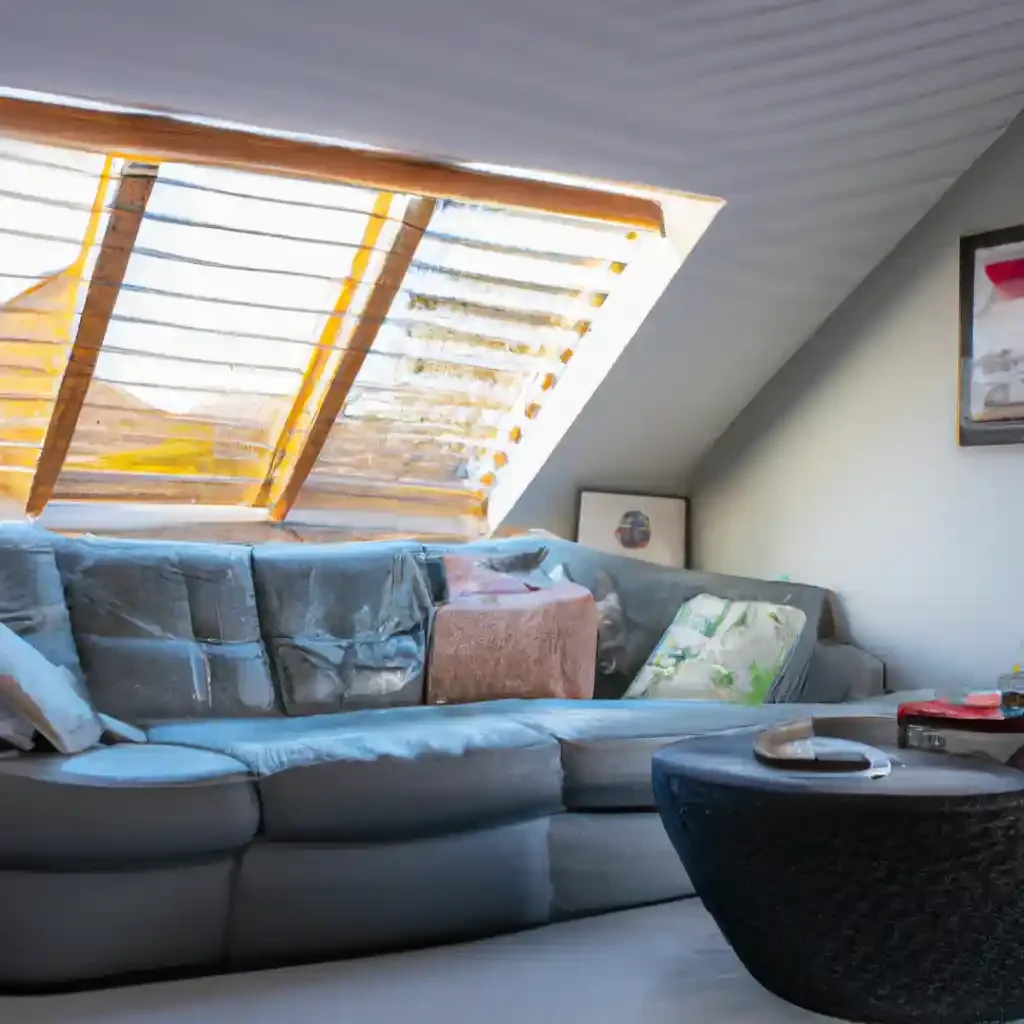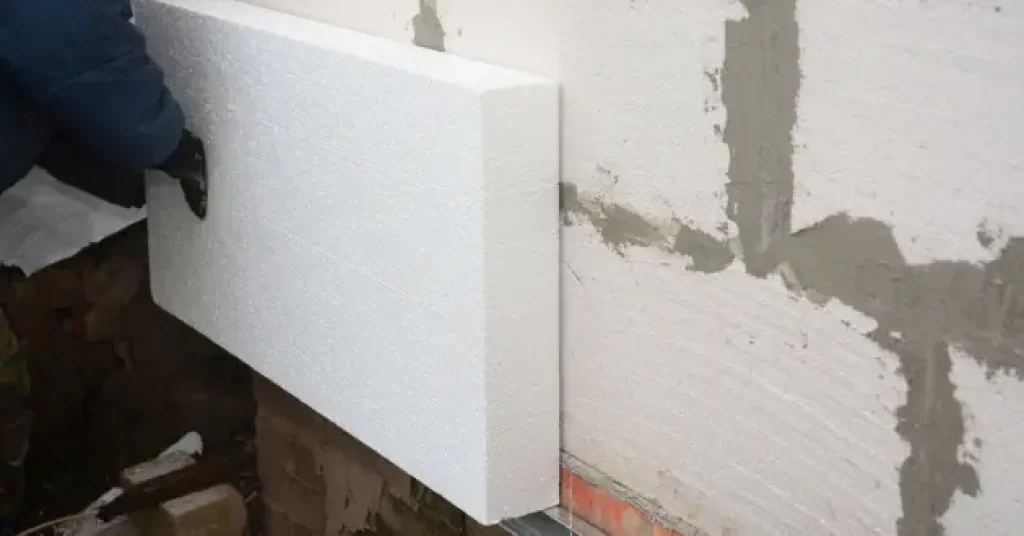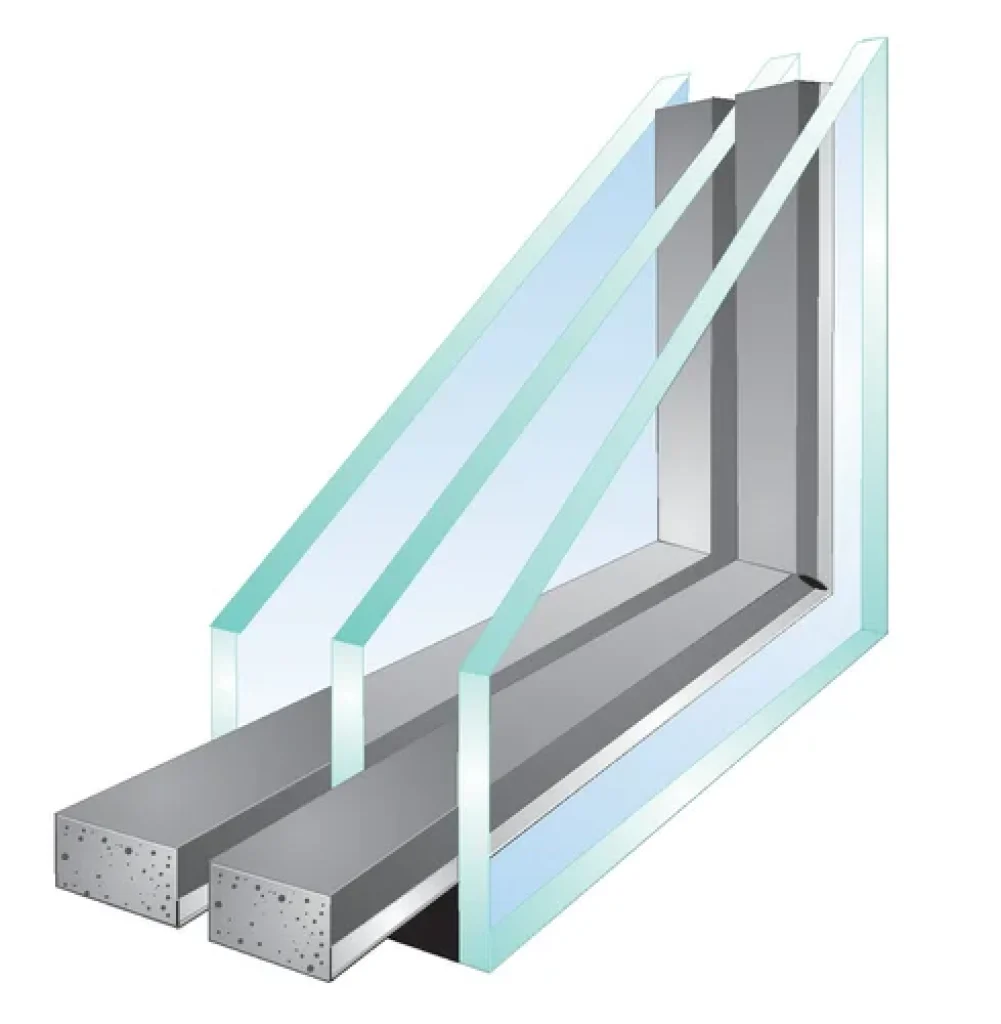How To Soundproof a Single-Pane Window? 6 Effective Ways

Do you feel like your single-pane window is letting in more noise than it should? You’re definitely not alone!
Many people struggle with trying to figure out how to soundproof a single-pane window. In fact, 27 different people asked me for help with this exact problem.
The good news is, there are actually several methods that can truly make a difference in reducing noise from that single-pane window.
But the disappointing thing is that not all methods are equally effective.
So today, we’re going to tell you about the top six highly effective ways to soundproof a single-pane window.
Let’s jump right in…
Why do single-pane windows allow more sound to pass through them?
Before we get to the point, let’s first understand why these windows allow more sound to pass through them. Understanding it is crucial if you want to soundproof your single-pane window effectively.
On the other hand, double or triple-pane windows have multiple layers of glass with air gaps in between.
These extra layers and gaps help to absorb and weaken the sound vibrations, making it harder for them to come inside.
It’s like having more obstacles in the way of the sound, so it can’t travel as easily through the window. That’s why single-pane windows are more prone to letting sound through.
6 Effective Methods To Soundproof a Single-Pane Window
Finally, here are 6 game-changing techniques to soundproof your single-pane windows.
1: Install Acoustic Window Inserts

If you’re looking for an effective way to soundproof a single-pane window, acoustic window inserts are an excellent option.
These fantastic panels are tailor-made to fit right into your existing window frame, creating a second layer of sound insulation between your room and the outside world.
Acoustic window inserts basically work by using materials that absorb sound waves and reduce the amount of noise that enters your home. These materials may include acoustic foam, mass loaded vinyl, or other sound-absorbing materials.
When it comes to the price of these acoustic window inserts, it heavily depends on the size of your window, as well as the materials used. As a rough figure, you can expect to spend somewhere between $150 and $1000 for a set of inserts.
Installing these inserts is easy, especially if you’re a handy homeowner. With a little patience and attention to detail, you can tackle the installation yourself.
However, if you’re not confident installing it, it’s always a good idea to hire a professional to ensure everything is done right.
For maximum noise reduction, you can combine your acoustic window inserts with other soundproofing methods like thick curtains, drapes or shades or even soundproofing sealant.
So, why wait? Take action and soundproof your single-pane windows. And trust me, it will make a huge difference.
2: Add Thick Drapes or Curtains
If you are hunting for the simplest and most affordable ways to soundproof your sliding single-pane window or if you are soundproofing a rental window or any other single-pane windows consider using thick drapes or curtains.
These window treatments not only add a touch of elegance to your space but also provide an extra layer of insulation to reduce outside noise effectively.
Drapes or curtains work by absorbing sound waves that try to enter through the window, preventing them from bouncing off the glass and entering your home.
The dense fabric and multiple layers act as a barrier, reducing noise transmission to a remarkable extent. The cost of adding thick drapes or curtains to soundproof a single-pane window is affordable.
It is generally a budget-friendly option compared to the first method that we talked about. Installing these drapes or curtains is just like a walk in the park, they do not require professional assistance at all.
With a few basic tools like a drill, curtain rods, and brackets, you can easily hang them yourself. However, if you have super large or high windows, it may be helpful to have someone lend a hand to the installation.
It is my personal favorite and best way to temporarily dampen sound in a window.
3: Apply Soundproof Window Film

Soundproof window film is a special film that is transparent and super easy to install, and it helps reduce certain noise and soundproof your one-pane window even a sash window.
Its working principle is pretty much the same as the other above methods such as acoustic window inserts and curtain or drapes. It works by adding an extra layer of insulation to your windows.
It stops outside noises like traffic, sirens, or loud neighbors from getting inside in your space. home. The film is made of a strong material that absorbs sound waves, so they don’t disturb you as much.
But let me tell you that, I have personally used more than 30 window films, and most of them do not make any impressive difference at reducing noise.
However, compared to other methods, soundproof window film is reasonably priced. It can cost between $10 and $50 per window, depending on the size. Plus, you can install it yourself without any professional help.
To put the film on your window, start by cleaning the window well. This is the step that should not be ignored. It ensures a smooth surface for the film. Then, measure your window and cut the film to fit, leaving a small overlap around the edges.
Spray a little water on the window and carefully apply the film, and use a squeegee to remove any air bubbles. Trim off any extra film and congratulations, it’s finished!
Pro Tip: For the best results, seal any gaps or cracks around the window frames. This helps prevent sound from leaking in and makes your single-pane window even more effective at blocking noise.
4: Use Soundproofing Sealant or Caulk
Soundproofing a single-pane window is easy and affordable with soundproofing sealant or caulk. This method involves filling in any gaps or cracks around the window frame with a special sealant that is made to reduce noise transmission.
Soundproofing sealant, also known as acoustic sealant, works by forming a barrier between the window frame and the surrounding walls.
Its job is to prevent sound waves from entering or exiting your home through the single-pane window. This method is relatively inexpensive, with the cost of a tube of soundproofing sealant ranging from $10-$30.
To use this method, take some to clean the window frame and once you do that apply the sealant to any gaps or cracks around the window, making sure to cover the entire perimeter and don’t forget to give the sealant enough time to dry completely.
5: Inserts Rigid Foam Insulation In Your Single-Pane Window

Did you know that you can greatly enhance the soundproofing of your single-pane windows by using rigid foam insulation? It’s true! I have personally used it to soundproof my bay window and have got an impressive result.
But what exactly is rigid foam insulation?
Well, it’s a type of foam board that works wonders in improving the thermal and acoustic insulation of buildings. The magic lies in its ability to trap pockets of air within its cells, creating effective barriers against both heat and sound.
When it comes to soundproofing, rigid foam insulation can really work well as its dense and porous material helps to absorb sound waves, and reduce the amount of noise that enters your home. The best part of the rigid foam is that it’s easy to install.
Simply cut the insulation to match your window size, insert it, seal any gaps, and voila! Enjoy the benefits of reduced noise transmission. It’s that easy!
To get the most of your rigid foam insulation, it’s crucial to ensure a tight and secure seal around the window frame. This can be achieved by using weather-stripping or caulk to seal any gaps or openings. And you can also add a layer of mass-loaded vinyl to it and take its effectiveness to the next level.
Now, let me inform you of it, rigid foam insulation may not be suitable for large and curved windows. However, this technique works wonders for soundproofing for Velux windows and jalousie windows.
So, if you have a standard-sized window, this method is a good fit for you.
6: Install secondary glazing or replace the window with a double or triple-pane window
If you’ve tried the previous methods mentioned in this post and you’re still not satisfied with the level of soundproofing, it may be time to explore some more advanced options: secondary glazing or replacing your single-pane window with a double or triple-pane window.
Let’s tackle secondary glazing first. This technique involves adding an extra layer of glass or acrylic to your existing window. This secondary layer is just like a barrier, reducing the transmission of noise.
You have the options to choose between a permanent fixture or a removable option, depending on your needs and preferences. It is the best option for soundproofing a noisy window and quieting old windows.
On the other hand, replacing your single-pane window with a double or triple-pane window requires removing the old window entirely and installing a new one with two or three layers of glass and an insulating space in between.

This upgrade will make a huge difference in soundproofing and enhances thermal insulation.
Both options have their pros and cons. Secondary glazing is often a more cost-effective solution since it doesn’t involve a full window replacement. It is good for soundproofing single-pane windows without replacing them.
However, let me tell you that secondary glazing may not provide the same level of sound reduction as triple or double-pane windows. (Are They Soundproof?)
If you’re seeking the highest level of soundproofing, replacing your single-pane window with a double or triple-pane window is the way to go.
These windows are specifically designed to minimize noise transmission and improve energy efficiency. Keep in mind that these options are often more expensive than other DIY methods and typically require professional installation.
Before making a decision, consider factors such as your budget, the desired level of soundproofing, and the condition of your current window.
It’s always a good idea to consult with a professional to assess your specific situation and determine the best course of action for soundproofing your single-pane window.
Remember, the goal is to create a peaceful and quiet environment, so don’t hesitate to explore these advanced options for optimal soundproofing results.
Related: How much do double and triple-pane soundproof window cost?
Conclusion: Soundproof Single-Pane Windows
To sum it up, it’s necessary to soundproof a single-pane window if you want to create a peaceful and quiet home environment.
By following the methods that I have mentioned in this blog post, you can soundproof your single-pane window effectively and better than ever before.
However, if budget is not a concern, investing in secondary glazing or upgrading to a double or triple-pane window is the most effective approach to soundproofing your single-pane window.
We hope that this blog post has provided valuable insights into soundproofing a single-pane window.
We would love to hear about any methods that you have tried and got notable results. Leave a comment below to let us know.
A special thanks for taking the time to read this post and reaching the conclusion. That’s it for the post: How To Soundproof a Single-pane Window?
By the way, if you want to learn more about soundproofing a window, read our other posts on this topic.
Stay tuned for more informative content from us, and happy soundproofing!
